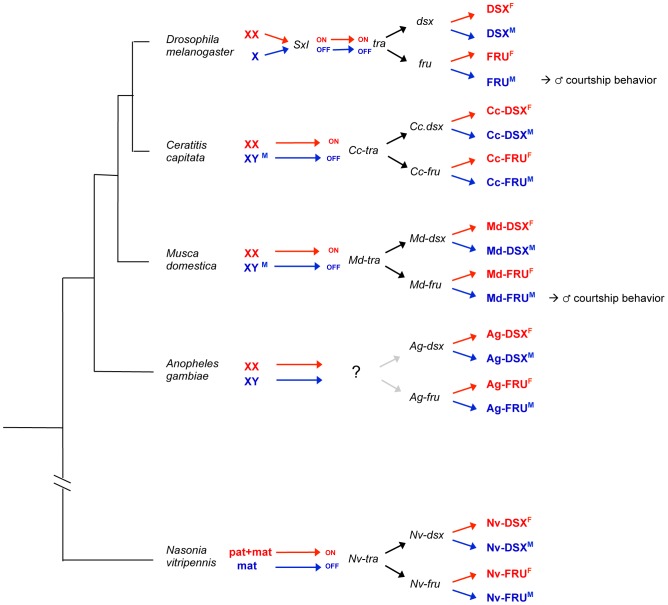Figure 7. Bifurcation of the sex-determination pathway: a general principle in holometabolous insects?
The phylogenetic relationship and the sex-determining pathways of several dipteran species and the hymenopteran species Nasonia are depicted in this scheme. Despite considerable differences regarding the nature of the instructive sex-determining signal (X-counting in Drosophila, male [M] dominant determiners in Musca and Ceratitis, haplo-maternal [mat] versus diplo-maternal-paternal [pat+mat] in Nasonia) many insects use tra as the binary on/off switch downstream of the signal [54], though the molecular basis of this switch in A. gambiae remains still elusive [24], [55], [56]. The dsx gene, expressing sex-specific variants DSXF and DSXM, appears to be a conserved target of the binary switch and its use as a bifunctional executor of the instructive signal was validated by gene function studies in the depicted insect species [26], [30], [56], [57], [58] Also, homologs of fru were identified in these species that express sex-specific variants FRUF and FRUM [24], [26], [27], [59]. For Musca we here present evidence that fru is a downstream target of the tra branch which is involved in controlling proper display of courtship. Though no functional fru data from other holometabolous insects are available as yet, we propose that fru independently from dsx represents another conserved effector of the instructive signal. Hence, bifurcation of the pathway downstream of tra may have already existed before the divergence of holometabolous insect orders.

